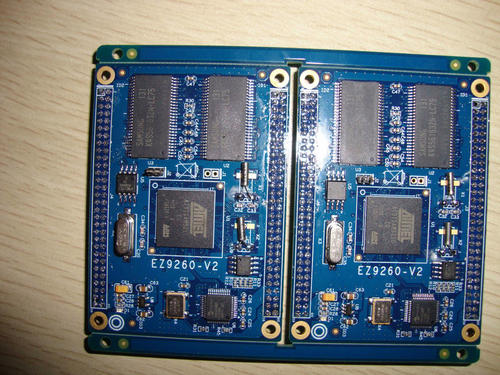 +86 755 2794 4155
+86 755 2794 4155  sales@knownpcb.com
sales@knownpcb.com
-
Shenzhen KNOWNPCB Technology Co., Ltd.
 +86 755 2794 4155
+86 755 2794 4155  sales@knownpcb.com
sales@knownpcb.com
 2024-01-15
2024-01-15
 170
170

Among them, the most common four layer PCB board thickness in Tongling is 1.6mm, and four layer boards above 3.0mm are relatively rare. Customized 0.6-3.5mm thick PCB boards are supported. The four layer board lamination diagram shows that for a 1.6mm thick PCB, the top layer is 1 ounce of copper, followed by a (0.2mm-0.5oz) thick PP sheet, followed by a second signal layer with a copper foil thickness of only 0.5 ounces, followed by a (1.2mm-0.5OZ) thick core layer, and the bottom layer is a 0.2mm thick PP sheet, Finally, there is a 1 ounce bottom layer. The 6-layer board is similar.
PP sheet and core board: Prepregs are thin insulation materials for PCBs. Prepregs, also known as pre impregnated materials, are mainly used as adhesive and insulating materials for the inner conductive patterns of multi-layer printed boards before being laminated. After being laminated, the semi cured epoxy resin is squeezed out, begins to flow and solidify, bonding the multi-layer circuit boards together and forming a reliable insulation layer. The core is the basic material for making printed boards, also known as the "core board", Has a certain hardness and thickness, and is double-sided coated with copper. So, multi-layer boards are actually formed by pressing the Core and Prepeg together.
The difference between them
1) Prepregs belong to a type of material in PCBs. The former is semi-solid, similar to cardboard, while the latter is hard, similar to copper plate;
2) Prepregs are similar to adhesives and insulators; Core, on the other hand, is the basic material of PCB, and the two have completely different functional roles;
3) Preprep can curl while Core cannot bend;
4) Prepeg is non-conductive, while the Core has copper layers on both sides, which are the conductive medium of the printed circuit board.

Or call +86 755 2794 4155
Inquiry Now

